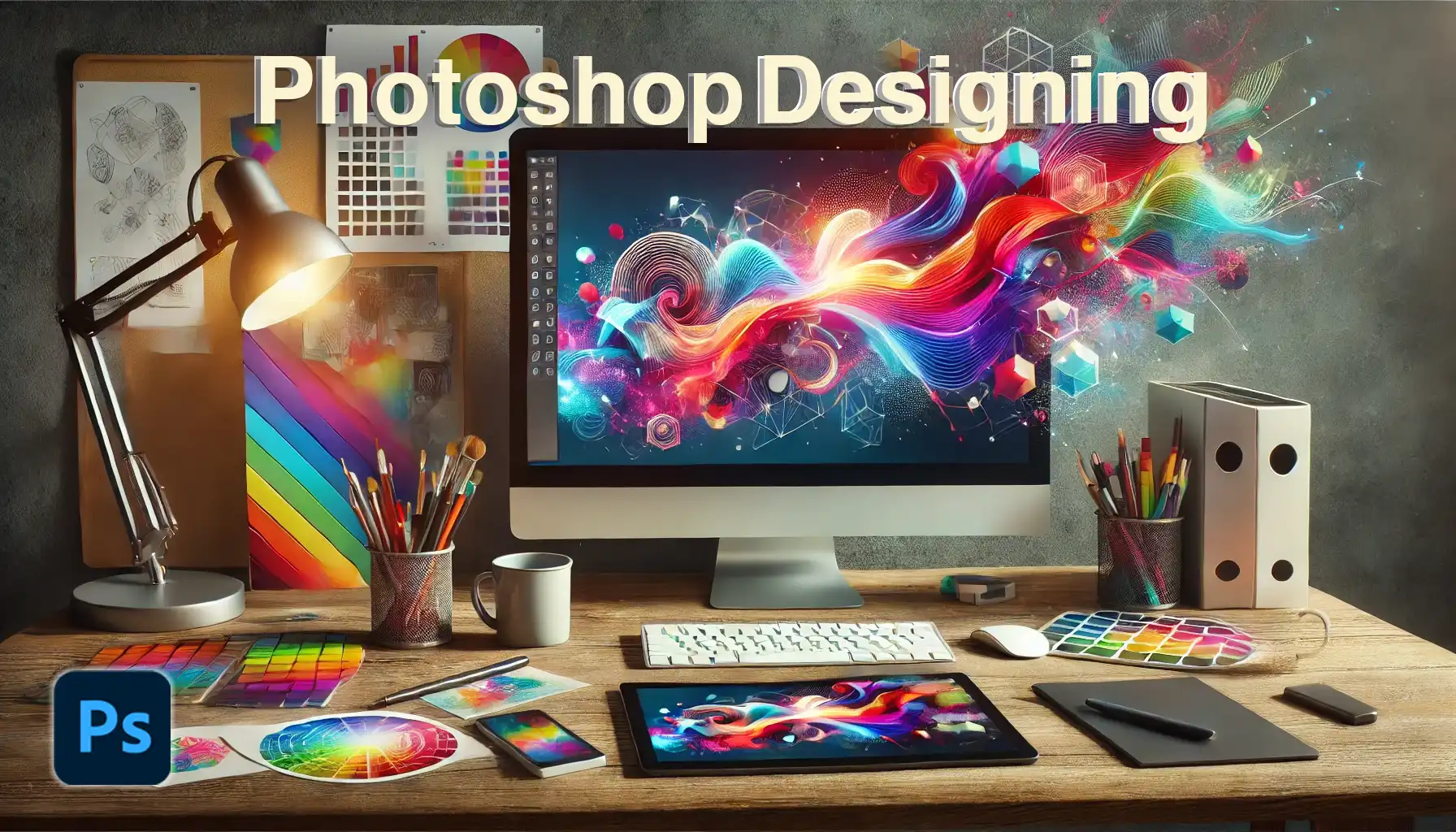
As someone who loves the art of Photoshop designing, I know how transformative and captivating this process can be. Whether you’re a seasoned designer or starting out, there’s always something new to learn and explore.
In this article, I aim to capture your attention by diving into the fascinating world of Photoshop, sparking your interest with tips and techniques that can elevate your designs to the next level.
By understanding the nuances of significant tools and features, you can turn an ordinary image into an extraordinary work of art.
Join me as we explore the endless potential of Photoshop designing, where creativity knows no bounds and every click has the power to bring your vision to life.
Table of Contents
What is Photoshop Designing?
Photoshop designing refers to the creative process of using Photoshop to craft or modify pictures, artwork, and graphics for various purposes, including advertising, art, and education.
We rely on this powerful tool as it helps to create intricate visuals that communicate ideas effectively.
Getting Started with Adobe Photoshop
Starting your journey with Adobe Photoshop can be both exciting and daunting. However, following some basic steps can ease this learning curve.
First, ensure you have the Adobe Creative Cloud application installed, as it will help manage updates.
Setting Up Your Workspace
Arranging your workspace efficiently sets a good foundation for productivity. You can customize your workspace layout to suit your workflow.
For instance, some might prefer minimalist setups, while others opt for multiple panels.
Fundamental Tools for Beginners
Familiarize yourself with essential tools in Photoshop, like the selection tool, brush tool, and layer tool. These form the backbone of image editing, allowing users to adjust and combine images and more.
To deepen your skills and explore more features, you can always learn Photoshop through tutorials and practice.
Why Use Photoshop for Designing?
Photoshop’s prominence in the graphic design world is due to its vast array of features. From removing unwanted objects in a photo to applying filters for mood and vibrancy, its capabilities are unmatched. Moreover, the integration with other Adobe apps like Adobe Illustrator makes it versatile.
One important skill includes making use of custom brushes. They offer you the chance to infuse artistic flair into your designs.
Furthermore, for any issues or inspirations, many designers turn to a YouTube channel that hosts Photoshop tutorials for insights.
Pro Tip: Always explore new features in Adobe apps. This curiosity enhances your skill set and keeps your designs fresh and innovative.
Additionally, understanding the difference between Photoshop and Lightroom can help you choose the right tool for specific tasks, such as detailed edits or batch processing.
Different Approaches to Photoshop Designing
Graphic design in Photoshop offers various approaches to creating stunning pictures. Whether you are enhancing pictures or building complex visuals, Adobe provides the features needed to explore different methods and styles.
Advanced Techniques
Advanced techniques in Photoshop designing allow you to create a more intricate and dynamic image. Adobe’s features for layer management and effects give you full control over your designs, helping you refine and enhance your work.
Layer Management and Effects
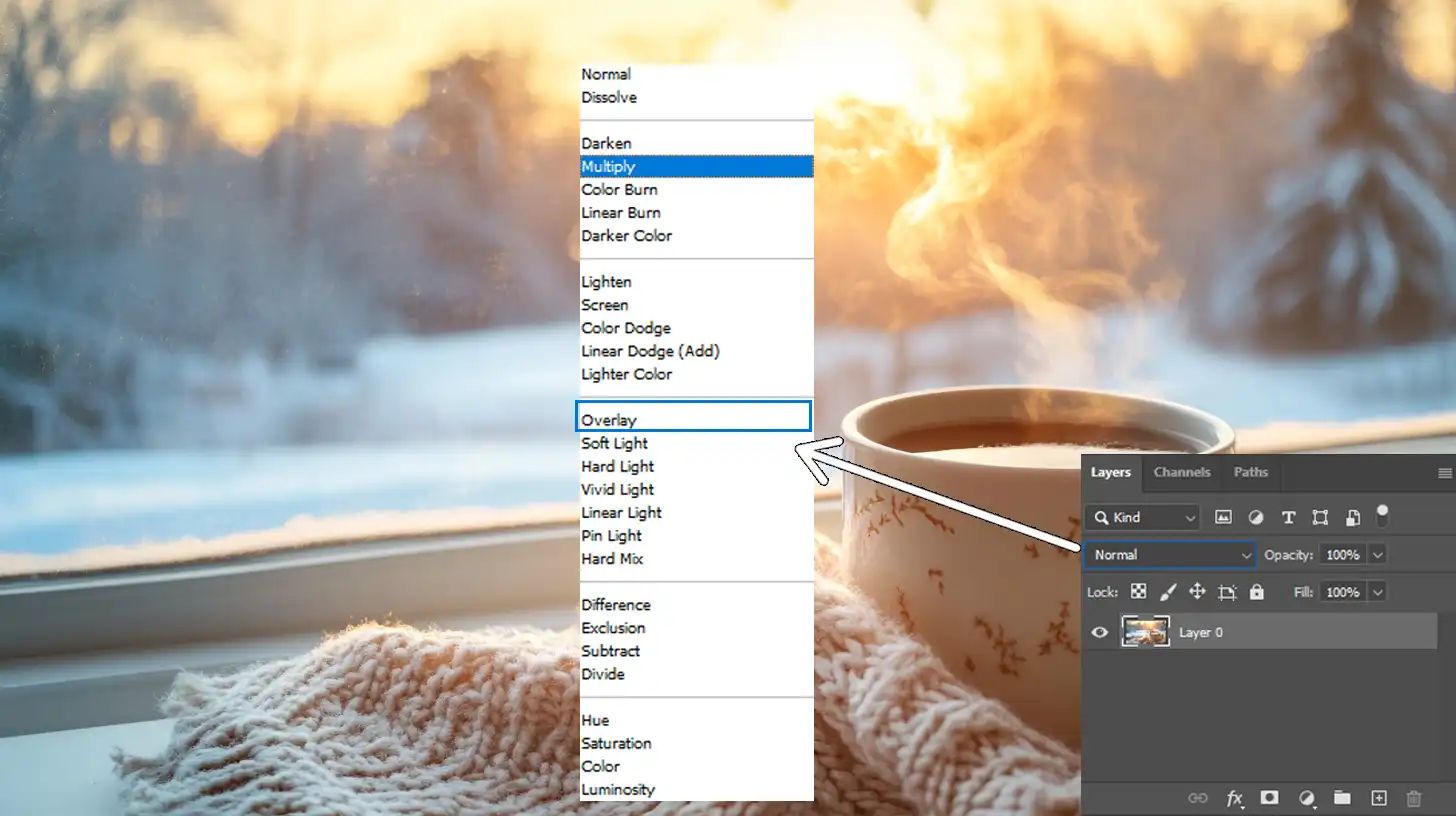
Managing layers is important in Photoshop. To apply effects, use blending modes. They alter how pictures interact. Experiment with various modes such as overlay and multiply. Both create different visuals. Practice these to enhance your skills.
Masking and Selections
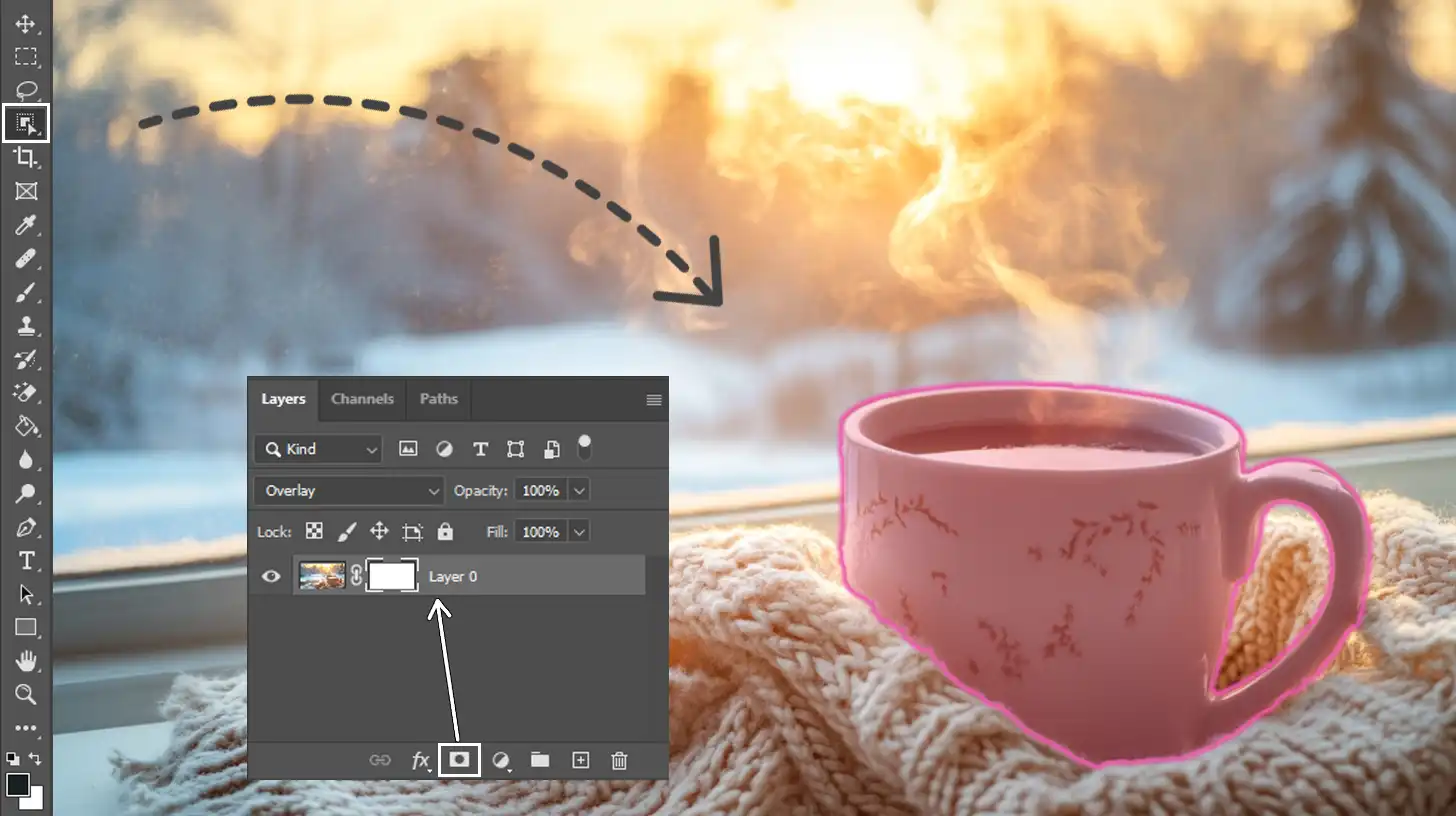
Masking lets you edit part of an image without changing the original. It’s an important technique for graphic designers.
Use the selection tool wisely and feather edges for smooth transitions. Master these methods to unlock new possibilities.
Remember, practice improves skill. Don’t shy away from experimenting. The object selection tool in Photoshop can be particularly useful for precise edits.
Create and Use Actions
Actions automate repetitive tasks. Save time by recording them. Simple clicks can execute complex processes. Import existing actions from pro photographers.
Explore diverse actions available online and implement them into your workflow. Efficiency improves productivity.
How to Combine Images in Photoshop
Combining pictures in Photoshop designing allows you to create more dynamic compositions.
By using blending features and Adobe powerful filters, you can enhance your photography and seamlessly integrate different elements into a cohesive image.
The table below highlights techniques and provides an overview of how to effectively use them in your Photoshop designing projects.
| Aspect | Overview |
|---|---|
| Combining Pictures in Photoshop Designing | Learn how to blend multiple images seamlessly using various Photoshop features such as opacity control, layer management, and blending modes. |
| Blending Features | Master the art of blending photos together, using tools like opacity and layer masks to combine images and create cohesive compositions. |
| Using Smart Objects | Learn how Smart Objects help you preserve image quality, allowing you to edit non-destructively and revert changes without affecting the original files. |
Blending Features
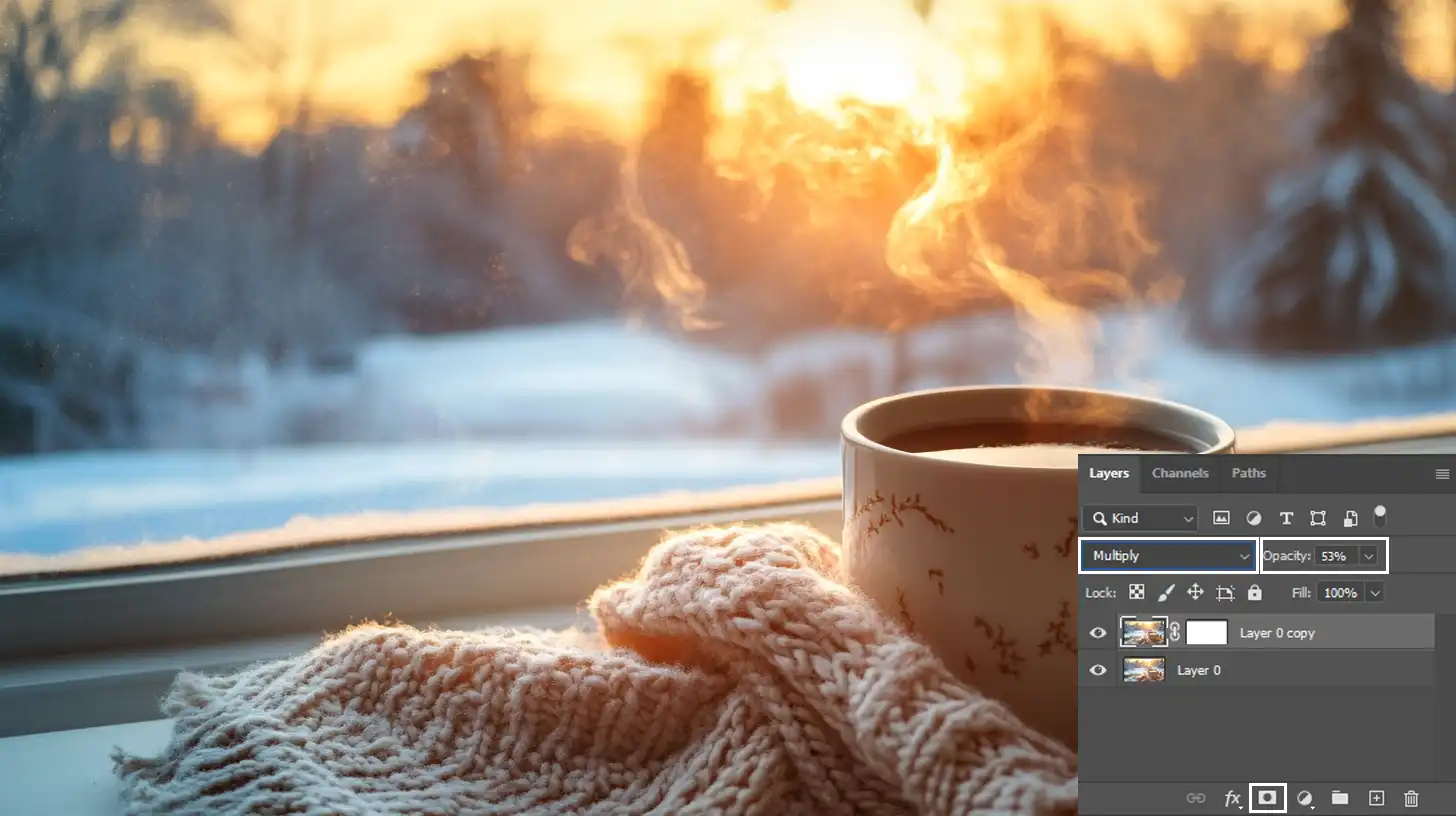
Blending combines multiple photos seamlessly. Control opacity and layers. Understanding these creates stunning results. Practice ensures efficiency.
Explore layer masks to refine blends. They elevate simple images into artworks. With dedication, skills improve.
Using Smart Objects

Smart Objects preserve the quality of images. They are a non-destructive way to edit. Revert changes anytime, ensuring your work stays intact.
Utilize this feature often to maintain image integrity. Incorporate smart objects into every project. Protects the original files. Fear not to experiment with graphics.
Tips and Tricks for Efficient Photoshop Designing
To streamline your Photoshop designing workflow, using keyboard shortcuts in Adobe can greatly improve efficiency. These shortcuts help speed up tasks like opening files or refining illustrations, making the design process smoother and more productive.
Keyboard Shortcuts
Shortcuts are critical in image editing. Use them to speed up processes. Copy, paste, undo, and more at your fingertips. Create shortcuts personalized to your style.
They simplify tasks and reduce time spent on mundane activities. Familiarizing yourself with both Photoshop shortcuts and Lightroom shortcuts can significantly enhance your workflow.
Time-Saving Methods
Time-saving features are significant. The clone stamp tool duplicates easily. Use custom brushes for quick edits. Efficiency wins.
Batch processing completes tasks faster. Handle multiple photos simultaneously. Streamline workflow with these methods.
How to Use Adobe Applications
Adobe applications offer unparalleled power in image editing. They integrate smoothly for cohesive design projects. Stay updated with features introduced regularly. Each update redefines creativity.
Learning with YouTube Channel Tutorials
YouTube channel tutorials provide hands-on learning. Engage with experts sharing valuable insights. Gain new perspectives. Develop abilities and learn new methods, shaping your understanding of the creative industry.
Exploring Artificial Intelligence in Designing
Artificial Intelligence simplifies tasks. Automated adjustments enhance base values. AI fills backgrounds or removes them. Imagine the possibilities AI introduces. Constant evolution means never-ending learning.
Getting Behind Creative Industry Tools
Comprehending the tools in graphic design opens doors. Photoshop aids in creating amazing visual content. Learn to shape and edit effectively, and you will master the core concepts of graphic design.
Pro Tip: When starting, prioritize mastering basics before exploring advanced functions. Understanding the difference between Photoshop and Photoshop Elements helps you choose the right version for your needs.
Additionally, a pixel art resizer can be a valuable tool in your workflow, especially if you’re working with smaller graphics and need to adjust their size without losing quality. This builds a solid foundation for future creativity.
Frequently Asked Questions (FAQs)
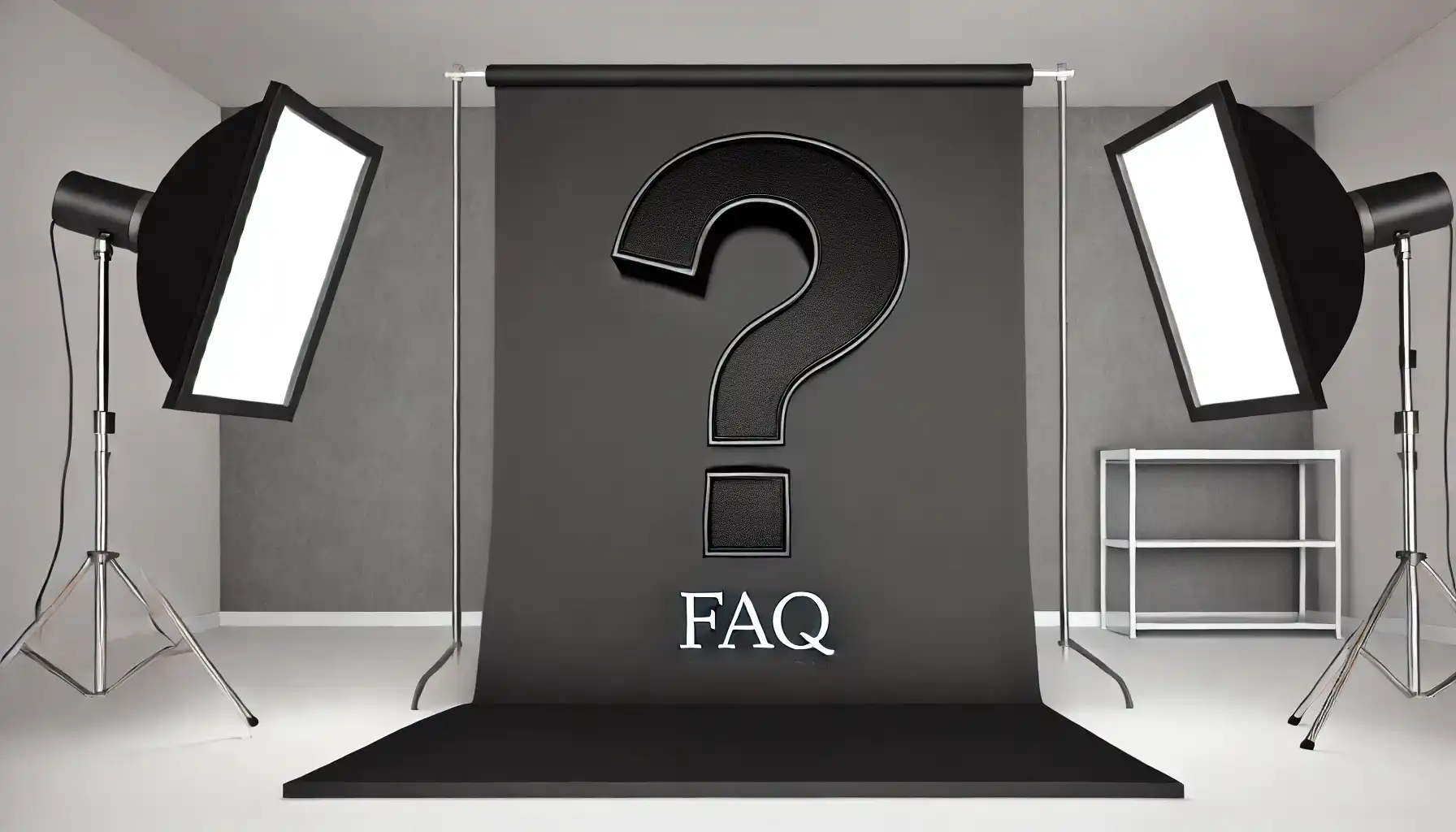
What is Photoshop Designing?
- Photoshop graphic design involves using Photoshop, a powerful image editing software, to create or modify photos, graphics, and artwork.
- It is widely used for tasks like photo editing, digital painting, and to create complex digital artwork.
How do I Start Designing in Photoshop?
- Begin by learning the basics: familiarize yourself with the interface and features of Photoshop.
- Start with simple projects like photo retouching or basic graphic design to gradually build your proficiency.
Is Photoshop Good for Design?
- Yes, Photoshop is highly regarded in the design community for its extensive features that cater to both beginners and professionals.
- It supports a wide range of design tasks, including basic photo editing, complex 3D design, and animations.
Can I do Graphic Design in Photoshop?
- Absolutely, Photoshop can be used for various graphic design tasks like creating flyers, posters, digital paintings, and much more.
- It offers features for text manipulation, layering, color palettes, and other significant graphic design functions.

Conclusion
Photoshop designing has been a transformative tool in my creative journey. Through hands-on experience, I’ve discovered its immense power in bringing my visions to life.
If you’re just starting out or want to improve, I highly recommend diving into resources like my Photoshop Course and Lightroom course. These courses helped me sharpen my skills, and I’m confident they can help you, too.
Using Photoshop designing in my own projects has opened up so many opportunities to communicate visually.
It’s a great tool to have in your creative toolkit, and with Adobe’s powerful products, like Photoshop and Photoshop Lightroom, the potential for your creative growth is endless. Embrace these tools, experiment, and see where they take you.
Read more about Photoshop:













